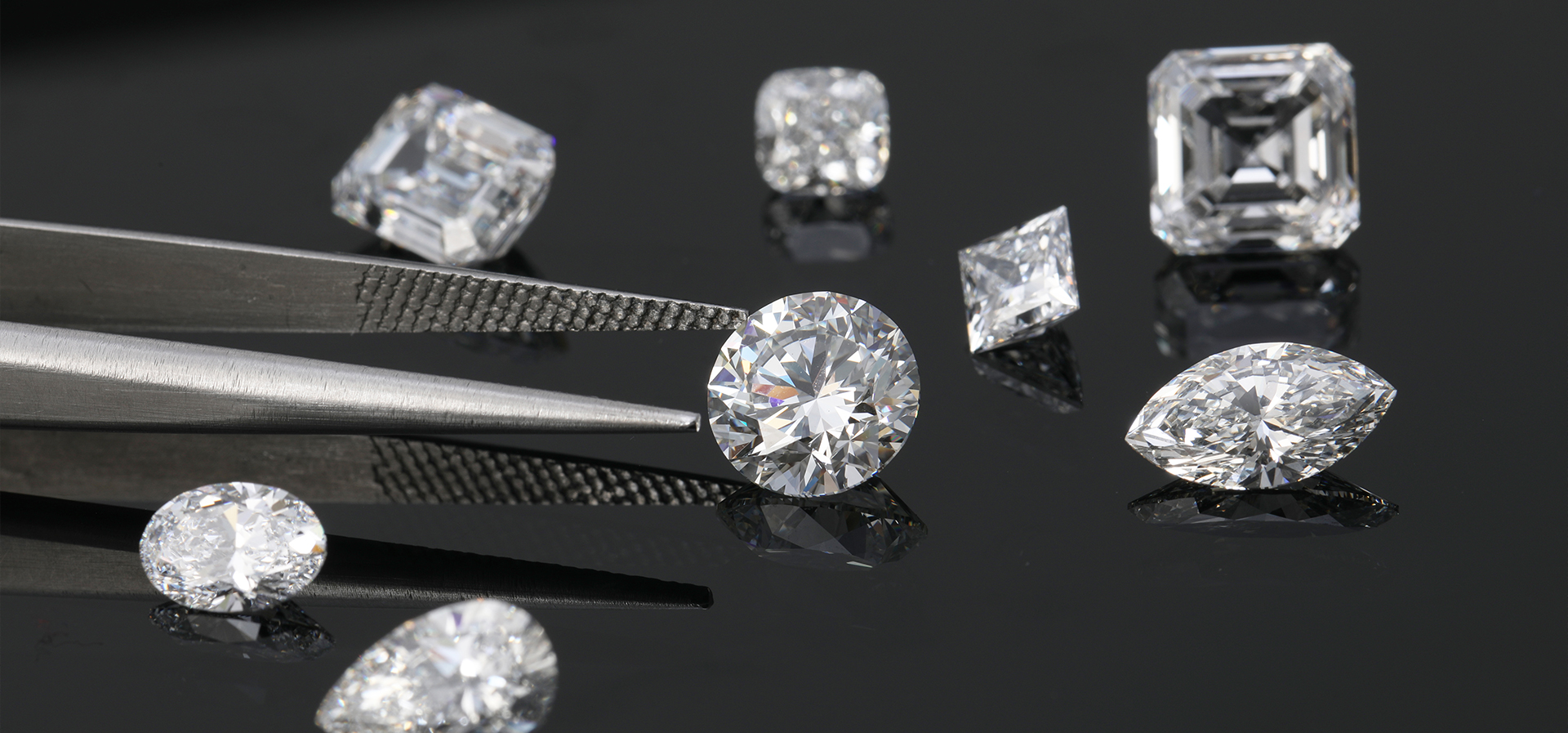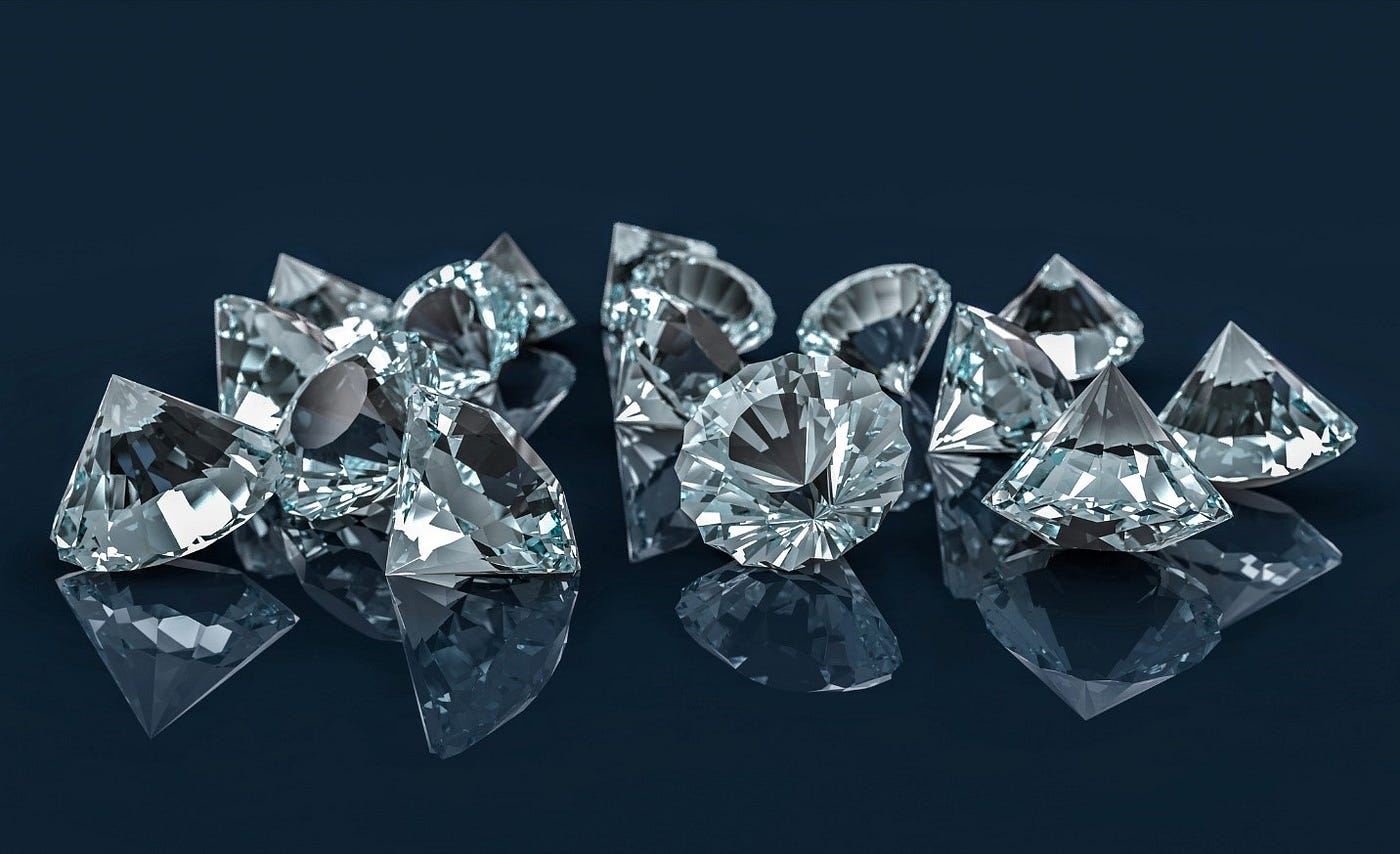When it comes to selecting the perfect gem, understanding the lab diamonds 4Cs—cut, color, clarity, and carat—is just as important for man made diamonds as it is for their mined counterparts. In fact, these four factors are the global standard for grading all diamonds, whether they come from deep within the Earth or a high-tech lab. If you’re considering lab-created gems, this guide will walk you through everything you need to know to make an informed, confident choice.
What Are the 4Cs of Lab Diamonds?
The 4Cs represent the primary characteristics used to evaluate a diamond’s quality. The Gemological Institute of America (GIA) developed this universally accepted grading system, which is now applied to both mined and man made diamonds. These four aspects—cut, color, clarity, and carat weight—directly influence a diamond’s beauty and price.
Let’s explore how each of the 4Cs applies specifically to lab diamonds and what makes them an exceptional choice.
1. Cut: The Sparkle Factor
The cut of a diamond doesn’t refer to its shape (like round or oval), but to how well it has been faceted and polished to reflect light. A well-cut diamond will shine brightly and deliver optimal brilliance, fire, and scintillation.
Cut Grading for Lab Diamonds
-
Excellent or Ideal: Offers the most sparkle and brilliance.
-
Very Good: Slightly less brilliance but still a smart choice.
-
Good/Fair: Budget-friendly but noticeably less radiant.
-
Poor: Dull appearance and poor light performance.
Most reputable lab diamond retailers will only offer stones in the Excellent to Very Good range because buyers expect brilliance even in man made diamonds.
2. Color: How White Is Your Diamond?
Color in diamonds refers to the presence or absence of yellow or brown tints. The GIA color scale ranges from D (completely colorless) to Z (light yellow or brown).
Lab Diamond Color Grading
-
D–F (Colorless): The rarest and most expensive.
-
G–J (Near Colorless): Great value with minimal visible tint.
-
K–M (Faint Color): Warmer tones, often used in vintage settings.
Lab diamonds are commonly found in the D–J range. One advantage of lab diamonds 4Cs is the ability to engineer near-colorless stones more consistently than nature.
3. Clarity: Fewer Flaws, Greater Value
Clarity measures the internal and external imperfections—called inclusions and blemishes. Since man made diamonds are grown under controlled conditions, they often have fewer and less severe inclusions than mined stones.
Clarity Grades
-
FL (Flawless) & IF (Internally Flawless): Extremely rare.
-
VVS1–VVS2 (Very Very Slight Inclusions): Inclusions only visible under 10x magnification.
-
VS1–VS2 (Very Slight Inclusions): Small inclusions hard to detect.
-
SI1–SI2 (Slight Inclusions): Some inclusions visible to the naked eye.
-
I1–I3 (Included): Noticeable flaws that affect appearance.
Lab diamonds often achieve VS or higher, making them an excellent value compared to natural diamonds of similar clarity.
4. Carat: Size Without Compromise
Carat refers to a diamond’s weight, not necessarily its size. A one-carat diamond weighs 200 milligrams. While larger carats are more eye-catching, they also increase in price exponentially.
Carat & Lab Diamonds
With man made diamonds, buyers can often afford larger stones since lab-grown options are 30–50% less expensive than mined diamonds of the same quality. That means you can go bigger without sacrificing the other Cs like cut or clarity.
Lab Diamonds vs Mined Diamonds: Are the 4Cs Different?
The lab diamonds 4Cs are assessed using the same strict standards as mined stones. Certified labs like IGI (International Gemological Institute) or GIA (Gemological Institute of America) provide grading reports that detail all four Cs, regardless of the diamond’s origin.
Key Similarities
-
Same grading system and terminology.
-
Certified by reputable gem labs.
-
Equal brilliance, hardness (10 on the Mohs scale), and fire.
Key Differences
-
Lab diamonds usually have fewer inclusions.
-
Color is more consistent in lab diamonds due to controlled growth.
-
Ethical and sustainable sourcing is guaranteed for man made diamonds.
How to Prioritize the 4Cs When Buying Lab Diamonds
Depending on your budget and preferences, you may want to prioritize some Cs over others:
-
On a budget? Focus on cut and carat. Even a smaller well-cut diamond will sparkle.
-
Love size? Opt for a larger carat with slightly lower color or clarity.
-
Perfectionist? Aim for Excellent Cut, D–F Color, and VVS Clarity.
-
Eco-conscious? Rejoice—man made diamonds check all the boxes.
Are Lab Diamonds Certified?
Yes. Always look for lab diamonds that come with an official grading report. Popular certifying labs include:
-
IGI (International Gemological Institute)
-
GIA (Gemological Institute of America)
-
GCAL (Gem Certification & Assurance Lab)
These reports detail all lab diamonds 4Cs, so you know exactly what you’re getting.
Lab Diamond Shapes and the 4Cs
Different shapes reflect light differently and may affect how the 4Cs present themselves. For example:
-
Round brilliant: Best sparkle, often more expensive.
-
Oval & pear: Elongated look, great for larger appearance per carat.
-
Emerald & Asscher: Step cuts that highlight clarity over sparkle.
-
Cushion & radiant: Offer good brilliance at a lower price point.
Remember, a well-cut shape can make a lower carat diamond appear larger and more brilliant.
Why Man Made Diamonds Are a Smart Choice
Whether you’re shopping for an engagement ring or a special piece of jewellery, man made diamonds offer:
-
Affordability: Save up to 50% compared to mined stones.
-
Ethical sourcing: No conflict or exploitation.
-
Eco-friendliness: Smaller environmental footprint.
-
Customization: Choose exactly the 4Cs you want.
Final Thoughts: Understanding Lab Diamonds 4Cs Empowers You
Learning the lab diamonds 4Cs helps you make a more informed decision, whether you’re buying a gift, upgrading your jewellery, or investing in a statement piece. When paired with the ethical advantages of man made diamonds, this knowledge becomes even more powerful.
Lab-grown diamonds are not just a trend—they’re the future. They offer the same brilliance, durability, and beauty as mined stones but with fewer compromises. So the next time you’re diamond shopping, remember: a little knowledge about the 4Cs goes a long way toward picking a gem that’s perfect for you.




